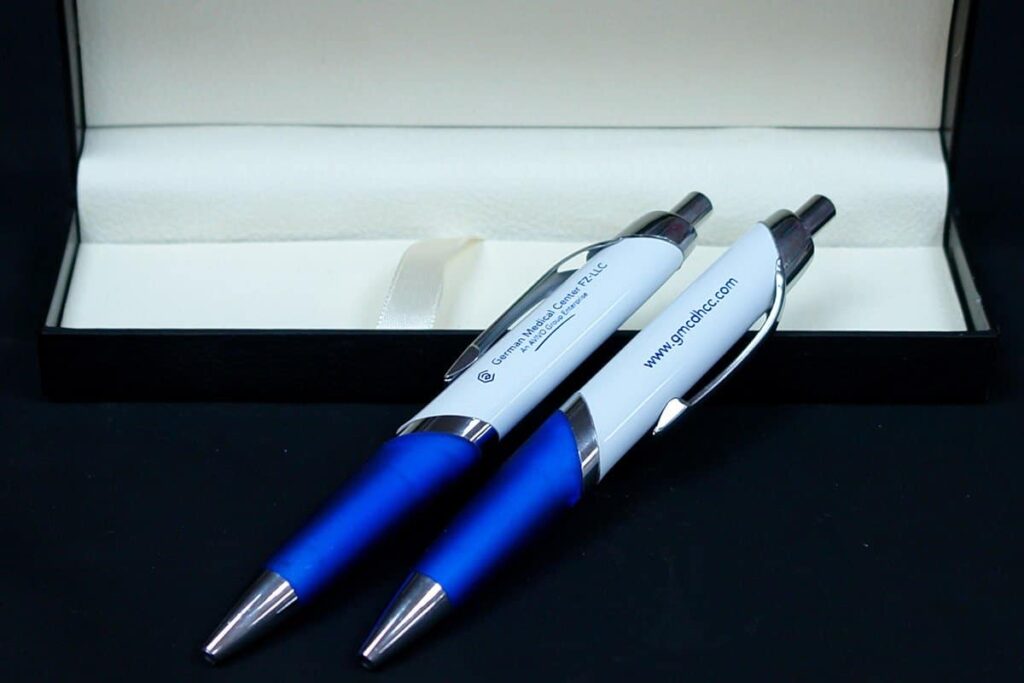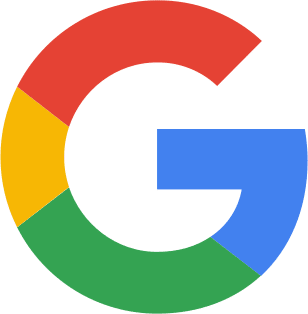Which of these five methods do you like to use to print on pens:
Pen printing techniques
Exactly what kind of pen printing techniques do we have available to us?
It is equipped with a huge variety of equipment, both manual and automatic, that allow us to print or engrave almost every kind of promotional pen. Manufacturing pens may be carried out using secure, regulated procedures with the help of our highly trained printers and specifically designed equipment for printing pens. This provides a level of flexibility that is not available from other printers.
Is it difficult for you to tell the difference between screen print and pad print? Are you under the impression that Digital Transfer has anything to do with internet banking? In such case, our guide on printing techniques and laser engraving is available to assist you.
The information provided below will be of use to you the next time you are in the market for printed promotional items.
Screen Printing
If you have a big number of orders, this conventional printing technique is extremely cost-effective and delivers results of excellent quality. In order to fabricate a screen, a woven mesh is stretched over a frame. A stencil is then put underneath the screen, and ink is pushed through the stencil and onto the product surface.
In spite of the fact that screen printing is very efficient for big print projects, it is not feasible for small orders or for printing single items owing to the time it takes to set up a job in the beginning. In comparison to digital printing techniques, since a screen must be produced for each color component of an image, screen printing is better suited to simple designs.
To match Pantone colors, inks may be hand-mixed on a whim. This process is also known as spot color printing or line color printing.
- Advantage: Aspects that are advantageous include cost-effectiveness for big orders and Pantone color matching
Disadvantage: Not suitable for small orders, and it is not possible to print on curved surfaces.
Simple designs consisting of one or more colors are appropriate for use as visual artwork.
✒️ Pad Printing
Pad printing (also known as cliché printing) may be used to mark irregular surfaces. The design is etched onto a metal plate, which is then coated with ink to create the finished product. All of the superfluous ink is removed, leaving just the ink that has been imprinted on the metal plate to be used for printing. The ink from the plate is transferred to the product surface using a silicone rubber pad.
Pad printing, like screen printing, is especially well suited to printing huge quantities, and the inks may be custom-mixed to match any Pantone color that is needed. This process is also known as spot color printing or line color printing.
- Advantage: cost-effective for big orders, Pantone color matching, ability to print on uneven surfaces, and flexibility in design.
- Disadvantage: Not suitable for small quantities of merchandise
- Simple designs consisting of one or more colors are appropriate for use as visual artwork.
✒️ Direct Digital Printing
Digital printing refers to any printing technique that reproduces an image that has been saved electronically on a number of different types of medium. Printing plates and time-consuming setup aren’t necessary with this technology. Inkjet technology is used by digital printers to print tiny droplets of ink directly onto the product surface using a high-speed laser. A almost infinite range of colors is possible, and sophisticated images such as shading and gradients may be reproduced with this technique.
Because of the quicker setup time compared to conventional printing techniques, digital printing is more cost-effective for small runs than traditional printing. Also possible are accurate registration between colors and the replication of photographic pictures using this kind of imaging.
The line of sight requirement of this technique limits its use to printing on flat or slightly curved surfaces only.
Fully colored digital printing is another term used to describe this method of producing images with many colors.
- Advantages: may be used for both small and big orders, and requires less setup time than conventional printing techniques
- Disadvantage: inability to match Pantone colors, and outcomes that are reliant on the source image’s quality
- Photography pictures in high resolution and sophisticated full-color illustrations make for effective art.
✒️ Digital Printing
Using digital printing, a full-color picture is transferred on transfer paper or film that has been specifically prepared. A heat transfer picture is applied on this and wrapped around the object.
Digital transfer is not suitable for uneven surfaces, but it is excellent for cylindrical forms, such as the barrel of a pen, since it does not need any heat. In order to reach regions that are not reachable with direct digital print, the transfer film may be wrapped around the barrel.
- Advantage: All of the advantages of digital printing, except it may be utilized on curved surfaces or the barrels of pens and pencils instead of flat ones.
- Disadvantage: inability to match Pantone colors, and outcomes that are reliant on the source image’s quality
- Photography pictures in high resolution and sophisticated full-color illustrations make for effective art.
✒️ Engraving using a laser
Remove the top layer of a metal product in order to expose the base metal (or substrate) underneath it. A collimated beam of light is employed to do this.. Engraving with a laser is accurate and results in an attractive appearance.
However, the color of the finish is determined by the kind of metal that has been exposed by the process; however, the engraving may be post-treated to get a different color, for example, by chemical blacking.
It is excellent for personalizing luxury presents since laser engraving is a really permanent branding technique that will not fade or be scratched away.
- Advantage: long-term branding and a strong perceived value impact.
- Disadvantage: It is not possible to recreate multicolor or full-color patterns, and it is only appropriate for metal goods.
- Designs in one color, strong lettering, and geometric forms are examples of appropriate artwork.
Please let us know if you find this tutorial to be helpful. You may want to save this page for future reference or forward the URL to a friend who might find it interesting.






